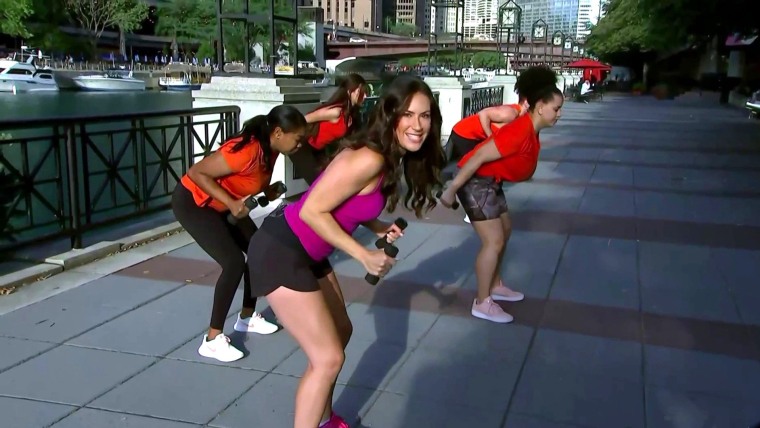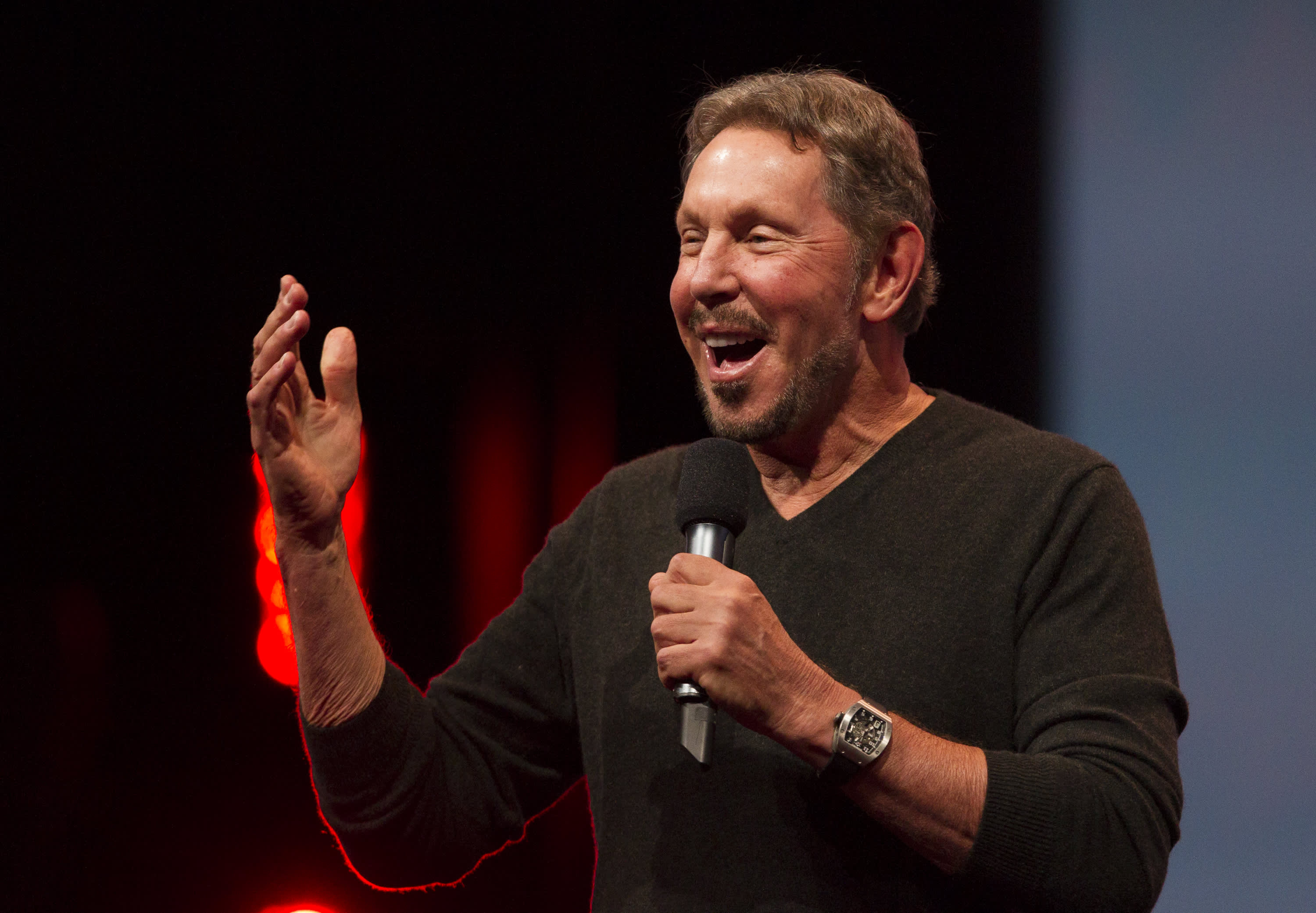The secret sauce for sticking to your workout routine includes just a few key elements, a large new study found.
The experiment involved more than 60,000 U.S. gym-goers who participated in different four-week programs that were designed by 30 scientists from 15 different universities in the U.S. The goal: Get people who are already gym members to go regularly.
The behavioral intervention programs, which were conducted from March 2018 to January 2019, included text messages, emails, e-gift cards and websites. Each included at least 455 participants.
The features prompted users to make plans that included the dates and times they would work out. An automated system sent text message reminders before those scheduled times, and an incentive program awarded points for each workout, which could be redeemed for small cash rewards. The results were published Wednesday in Nature.
“These factors increase motivation, reduce forgetting and help people plan in advance to avoid obstacles, so we covered the barriers to follow-through that were easy to topple,” said the study’s lead author, Katy Milkman, the James G. Dinan professor at the Wharton School of the University of Pennsylvania.
Milkman said she was surprised by how hard it was for the teams to design interventions that worked better than the “plan, remind, reward” model.
“The programs that worked best tapped into all of these, plus something else,” she said.
One challenge became clear: It can be easier to develop an exercise habit than to keep at it.
Forty-five percent of the interventions significantly increased weekly gym visits during the four weeks, but just 8 percent created lasting changes in behavior that were measurable after the intervention period was over.
“Getting people to exercise more is the first step, and this study shows that’s doable,” said Margie Lachman, the director of the Boston Roybal Center for Active Lifestyle Interventions at Brandeis University, who was not involved with the research. “But the real challenge is to get people to stick with it.”
The top intervention offered small rewards for returning to the gym after missed workouts. The best-performing program paid people 22 cents per gym visit. If they missed one day, they got an extra 9 cents on top of it for their next visit, as long as they missed only one.
“Everyone talks about not breaking the streak, but that’s inevitable. We discovered that if you break it more than once, it’s a lot harder to get back on track than if you just have one day missed,” Milkman said.
How to make it last
Another feature that boosted exercise habits was what Milkman calls “temptation bundling.” That involves allowing people to do something they like only while they are working out, such as watching a show or listening to a favorite song or audiobook.
Most of the top-performing interventions were things many people can implement on their own, meaning the research yielded realistic tips almost anyone can use to begin an exercise habit.
“Make a plan. Set calendar reminders in your phone or computer. Just like we sent people text reminders, link exercise with a temptation and figure out ways to make yourself not miss two in a row,” Milkman said. “Then, don’t stop. When we took away the support structures, people only retained about 30 percent of their habits.”
Mark Beauchamp, a professor of exercise and health psychology at the University of British Columbia, said previous research has highlighted the important role social structures play in people’s ability to stick with behavior changes.
“Exercise is a very complex behavior, and inexpensive nudge-type interventions that provide marginal behavior shifts can have major impacts,” said Beauchamp, who was not involved with the new research. “But it’s not just about starting a behavior. It’s about sticking with it, and social structures could boost that. When people feel socially connected to exercise, they are more likely to do it long-term.”
‘Everyone is doing it’
One of the successful interventions included a feature that let users know that more Americans are exercising than ever before and that getting fit is a growing trend.
“Just that simple communication of ‘everyone is doing it and they are doing it even more than they used to’ had a huge impact,” Milkman said. “This type of intervention plays on different aspects of psychology than did the base program of planning, reminder, reward.”
Lachman, of Brandeis, said that for people starting exercises routine from zero, it is also key to begin with small, manageable goals and build on them.
“If you set goals and then you meet them, that’s rewarding,” she said. “But if you set goals that are too hard to achieve right away, you will only feel bad and disappointed about it.”
She added that exercise should also be something you enjoy: “If you don’t like it, you won’t do it.”


